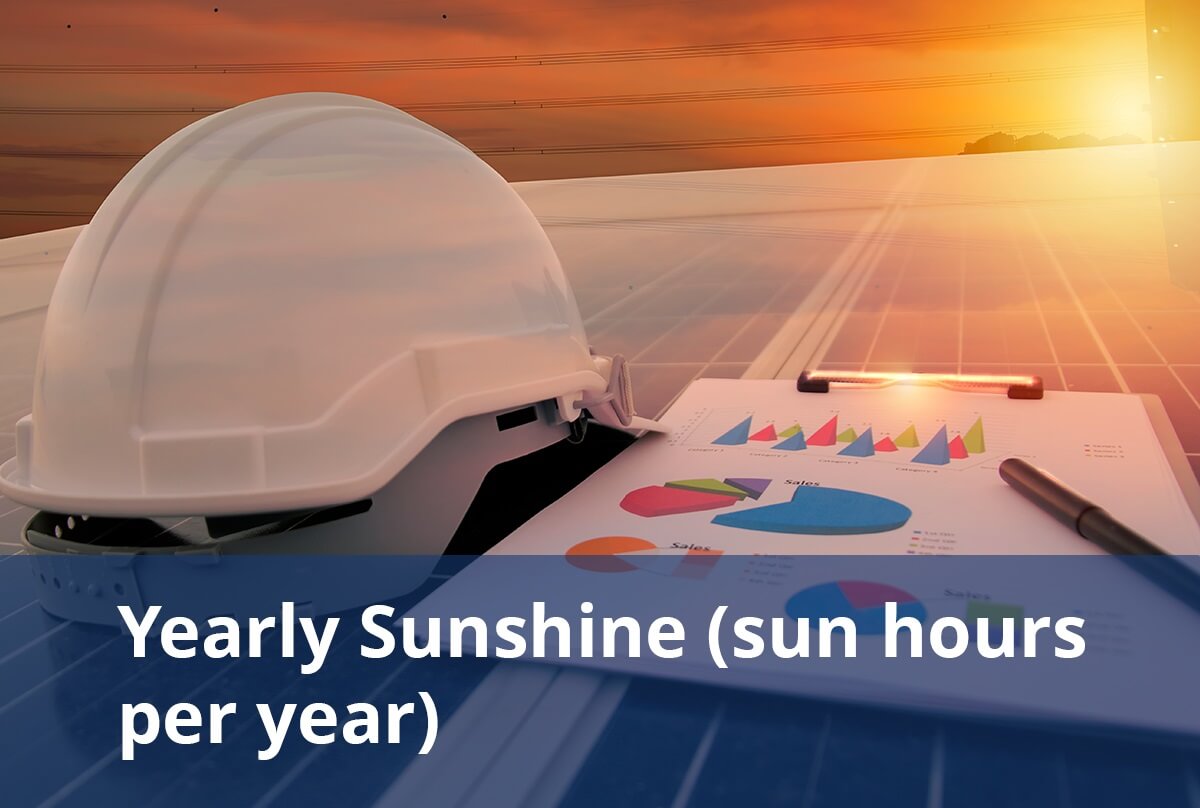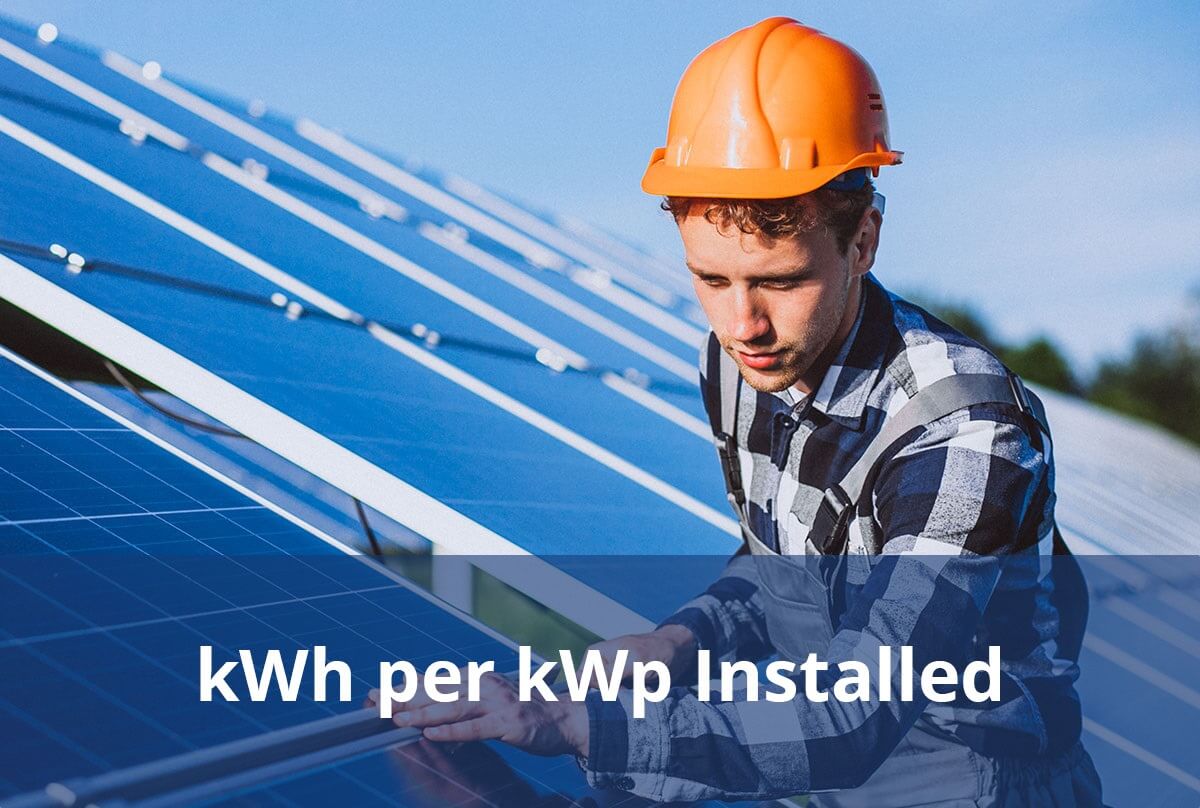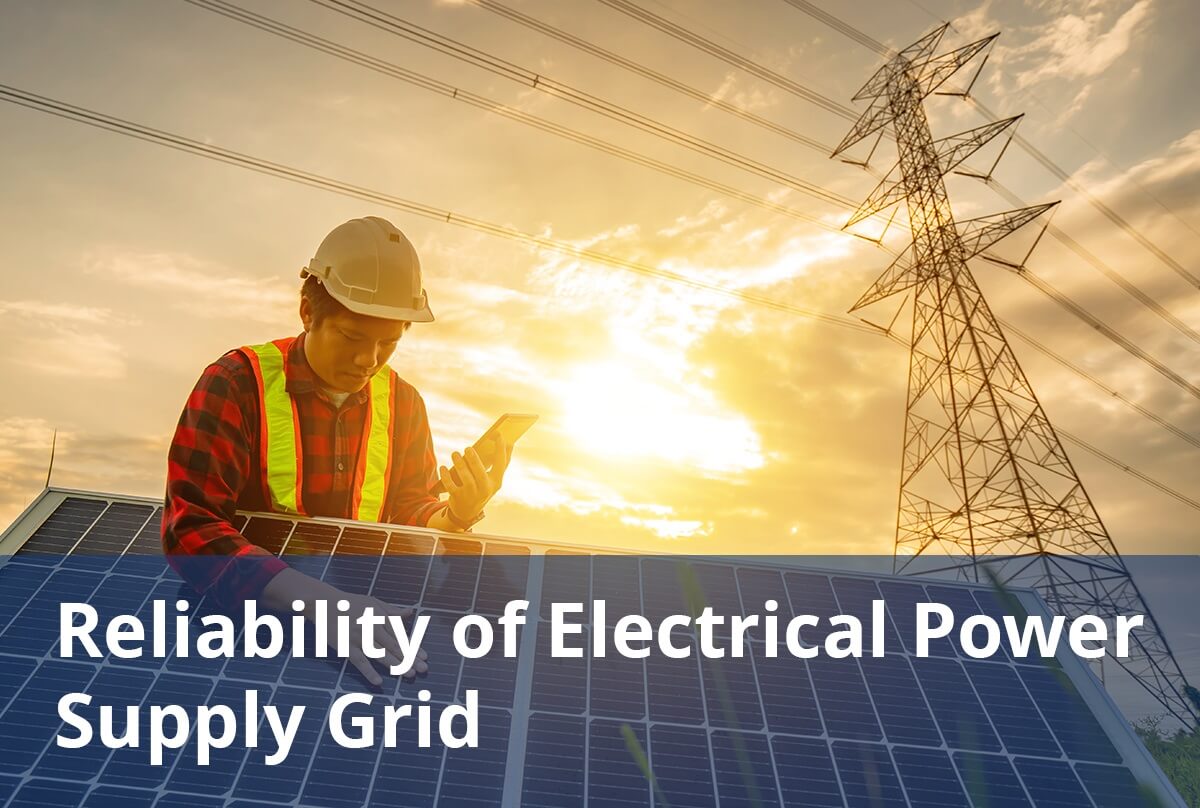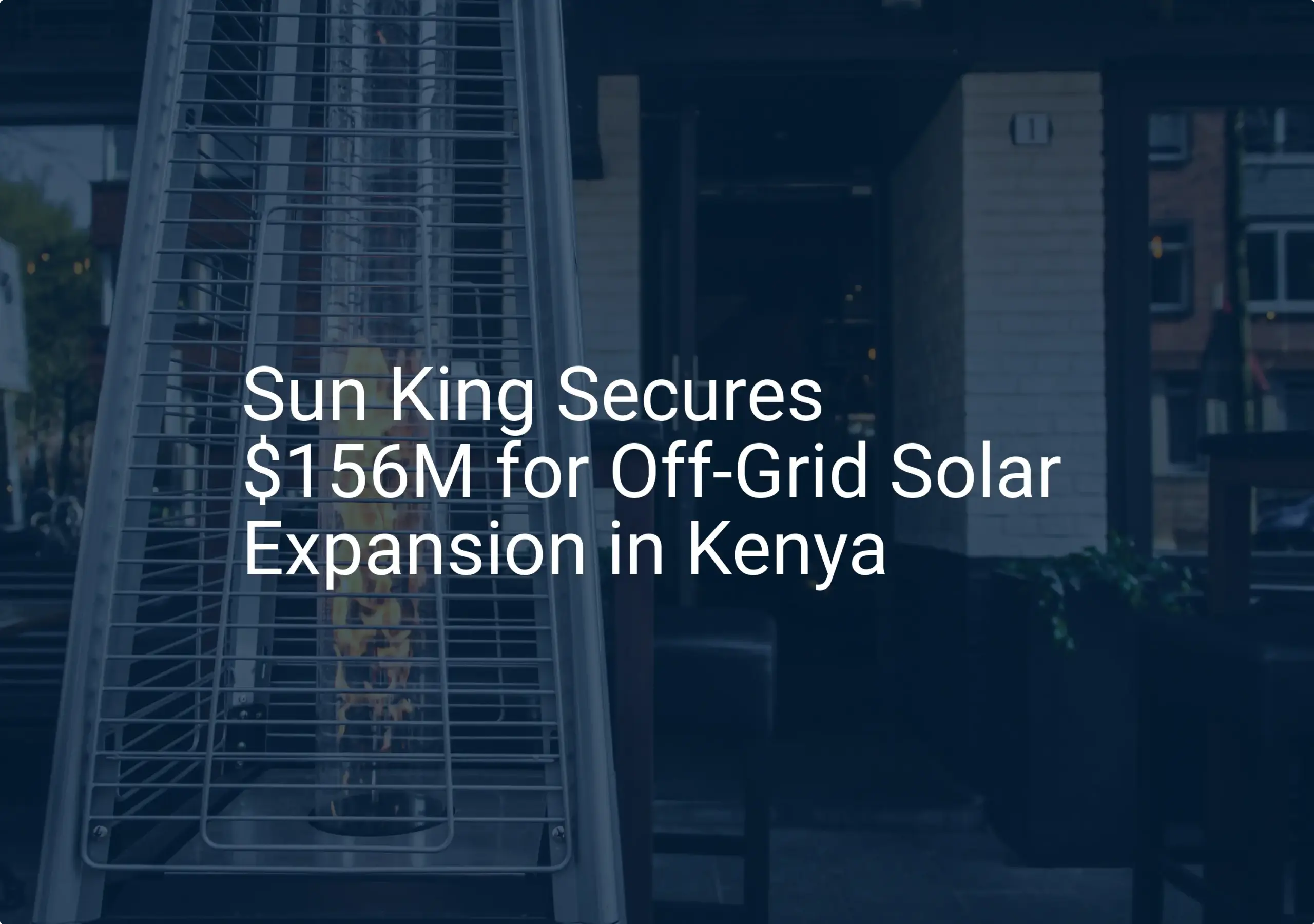Discover comprehensive insights into the statistics, market trends, and growth potential surrounding the solar panel manufacturing industry in Kenya
- Climate.top. (2024, June 3). Sunshine & daylight hours in Nairobi, Kenya: Sunlight, cloud & day length. Retrieved from https://www.climate.top/kenya/nairobi/sunlight/
- International Renewable Energy Agency (IRENA). Energy profile. Retrieved from https://www.irena.org/-/media/Files/IRENA/Agency/Statistics/Statistical_Profiles/Africa/Kenya_Africa_RE_SP.pdf
- Stima Tracker. Electricity cost in Kenya. Retrieved from. https://www.stimatracker.com/
- Consult, K. (2022, May 17). How Much is One Unit of Electricity in Kenya? KPLC Tariffs – kenyansconsult.co.ke. Retrieved fromhttps://kenyansconsult.co.ke/how-much-is-one-unit-of-electricity-in-kenya-kplc-tariffs/
- Statista. (2023, September). Kenya: Reliability of the electricity supply. Retrieved from https://www.statista.com/statistics/1315706/share-of-individuals-with-a-reliable-supply-of-electricity-in-kenya/
- Simon, M. (2023, January 19). Kenya’s Clean Energy Transition Gets a Boost from Solar Power. Kleinman Center for Energy Policy. https://kleinmanenergy.upenn.edu/news-insights/kenyas-clean-energy-transition-gets-a-boost-from-solar-power/
- Solar power, the next frontier for Kenya’s renewable energy. . . (n.d.). https://www.roedl.com/insights/renewable-energy/2016-07/solar-power-frontier-kenya-renewable-energy-sector
- Stima Tracker. Electricity costs in Kenya. Retrieved from https://www.stimatracker.com/historic
- International Energy Agency (IEA). Kenya energy outlook – Analysis. Retrieved from https://www.iea.org/articles/kenya-energy-outlook
- International Renewable Energy Agency (IRENA). (2015). Energy profile. Retrieved from https://www.irena.org/-/media/Files/IRENA/Agency/Statistics/Statistical_Profiles/Africa/Kenya_Africa_RE_SP.pdf
- Lecaros, S. S., Musivo, W., Mentis, D., & Ireri, B. (2021). Integrated Planning Helps Kenya Close its Energy Access Gap. Www.wri.org. https://www.wri.org/insights/integrated-energy-access-plans-kenya
- Waterlift Solar (2023, May 16). Unlocking the Power of Solar: Financial incentives driving Kenya’s energy revolution. Retrieved from https://www.linkedin.com/pulse/unlocking-power-solar-financial-incentives-driving-kenyas-energy/
- Spenomatic Solar Ltd. (2024, February 6). Why go Solar in East Africa – Spenomatic Solar Ltd.Retrieved from https://spenomaticsolar.com/why-go-solar-in-east-africa/
- Solar PV Systems – KEREA | Kenya Renewable Energy Association. (2016, January 7). https://kerea.org/renewables/solar-pv-systems/
- Admin. (2020, December 15). Solar projects in Kenya: 10 largest solar power plants in MW. Solar Financed. Retrieved from https://solarfinanced.africa/solar-projects-in-kenya-10-largest-solar-power-plants/
- Shrestha, P. (2019, September 26). Two utility-scale solar plants to be built in Kenya in $253m deal. Energy Live News. https://www.energylivenews.com/2019/09/26/two-utility-scale-solar-plants-to-be-built-in-kenya-in-253m-deal/
- Solar Energy – Kenya | Statista Market Forecast. Statista. Retrieved June 3, 2024, from https://www.statista.com/outlook/io/energy/renewable-energy/solar-energy/kenya
- Kenning, T. (2018, December 6). Kenya’s 2022 total electrification plan highlights off-grid solar and mini-grids. PV Tech. https://www.pv-tech.org/kenyas-2022-total-electrification-plan-highlights-off-grid-solar-and-mini-g/
- Off-Grid Solar Market – Research & Trends Report. Www.mordorintelligence.com. Retrieved June 3, 2024, from https://www.mordorintelligence.com/industry-reports/off-grid-solar-energy-market
- Casey, J. P. (2023, June 22). Emerging Africa Infrastructure Fund 40MW solar PV plant begins operation in Kenya. PV Tech. https://www.pv-tech.org/emerging-africa-infrastructure-fund-40mw-solar-pv-plant-begins-operation-in-kenya/
- Admin. (2021, March 16). Guide for Solar Investment in Kenya. Solar Financed. https://solarfinanced.africa/guide-solar-investment-kenya/
- Sales Representative Salary in Kenya in 2024 | PayScale. https://www.payscale.com/research/KE/Job=Sales_Representative/Salary
- Solar Engineer Average Salary in Nairobi 2024 – The Complete Guide. Www.salaryexplorer.com. Retrieved June 3, 2024, from https://www.salaryexplorer.com/average-salary-wage-comparison-nairobi-solar-engineer-t1291j11250
- MySalaryScale. Sales Manager Salaries in Kenya – MySalaryScale. Www.mysalaryscale.com. Retrieved June 3, 2024, from https://www.mysalaryscale.com/ke/salary/sales-manager–t
- Solar Engineer Average Salary in Nairobi 2024 – The Complete Guide. Www.salaryexplorer.com. Retrieved June 3, 2024, from https://www.salaryexplorer.com/average-salary-wage-comparison-nairobi-solar-engineer-t1291j11250
- WorldOMeter. (2019). Kenya Population (2019) – Worldometers. Worldometers.info. https://www.worldometers.info/world-population/kenya-population/
- Cost of solar panel manufacturing, online: https://www.solarctrl.com/blog/cost-breakdown-of-solar-panel-from-manufacturing-to-market/Kenya Energy Outlook – Analysis. IEA. https://www.iea.org/articles/kenya-energy-outlook
- Energy (Solar Photovoltaic Systems) Regulations, 2012 (L.N. No. 103 of 2012). Www.ecolex.org. Retrieved June 3, 2024, from https://www.ecolex.org/es/details/legislation/energy-solar-photovoltaic-systems-regulations-2012-ln-no-103-of-2012-lex-faoc119229/
- Mbithe, E. (2022, July 15). Kenya to enact new rules for solar energy producers. Pumps Africa. https://pumps-africa.com/kenya-to-enact-new-rules-for-solar-energy-producers/
- Kenya to combat rural energy access gap with over 130 solar minigrids. (2023, March 14). Pv Magazine International. https://www.pv-magazine.com/2023/03/14/over-130-mini-grids-to-be-developed-in-kenya/
- State funds firms to take solar power to 14 counties.The Star. Retrieved June 3, 2024, from https://www.the-star.co.ke/business/kenya/2022-06-30-state-funds-firms-to-take-solar-power-to-14-counties/
- Benke, L. (2021, July 7). A big win for Kenya: Government reinstates VAT exemption on renewable energy products | GOGLA. Www.gogla.org. https://www.gogla.org/a-big-win-for-kenya-government-reinstates-vat-exemption-on-renewable-energy-products/
- admin. (2020, December 15). Solar Projects in Kenya: 10 Largest Solar Power Plants in MW. Solar Financed. https://solarfinanced.africa/solar-projects-in-kenya-10-largest-solar-power-plants/
- kgi-admin. (2024, February 15). Top five solar PV plants in development in Kenya. Power Technology. https://www.power-technology.com/data-insights/top-5-solar-pv-plants-in-development-in-kenya/
- Plexus Energy – Kenya’s Leading Solar Energy Company.Retrieved June 3, 2024, from https://www.plexus-energy.co.ke/
- George, M. M. Solinc East Africa LTD – #1 Solar Systems Company in Kenya. https://solinc.co.ke/
- The Finest Solar Company In Kenya. Gosolarltd.com. Retrieved from https://gosolarltd.com/
- Zaion Solar Kenya. (2024, May 5). https://www.zaionsolarkenya.co.ke/
- Top 10 Solar Companies in Kenya – Installers | SolarEyes International. (2023, July 18). https://solareyesinternational.com/top-10-solar-companies-in-kenya-installers/
- Water Tariff charges in Kenya. Retrieved from https://www.nairobiwater.co.ke/water-tariffs/
- Kenya Property rent. Retrieved from https://kenyapropertycentre.com/for-rent/commercial/offices/nairobi/showtype
- EPRA (2023). Solar Enery in Kenya. Retrieved from https://renewableenergy.go.ke/technologies/solar-energy/
- IEA (2023). Enery Outlook – Kenya. Retrieved from https://www.iea.org/articles/kenya-energy-outlook
- Energy industry in Kenya. (n.d.). https://aenert.com/countries/africa/energy-industry-in-kenya/


















